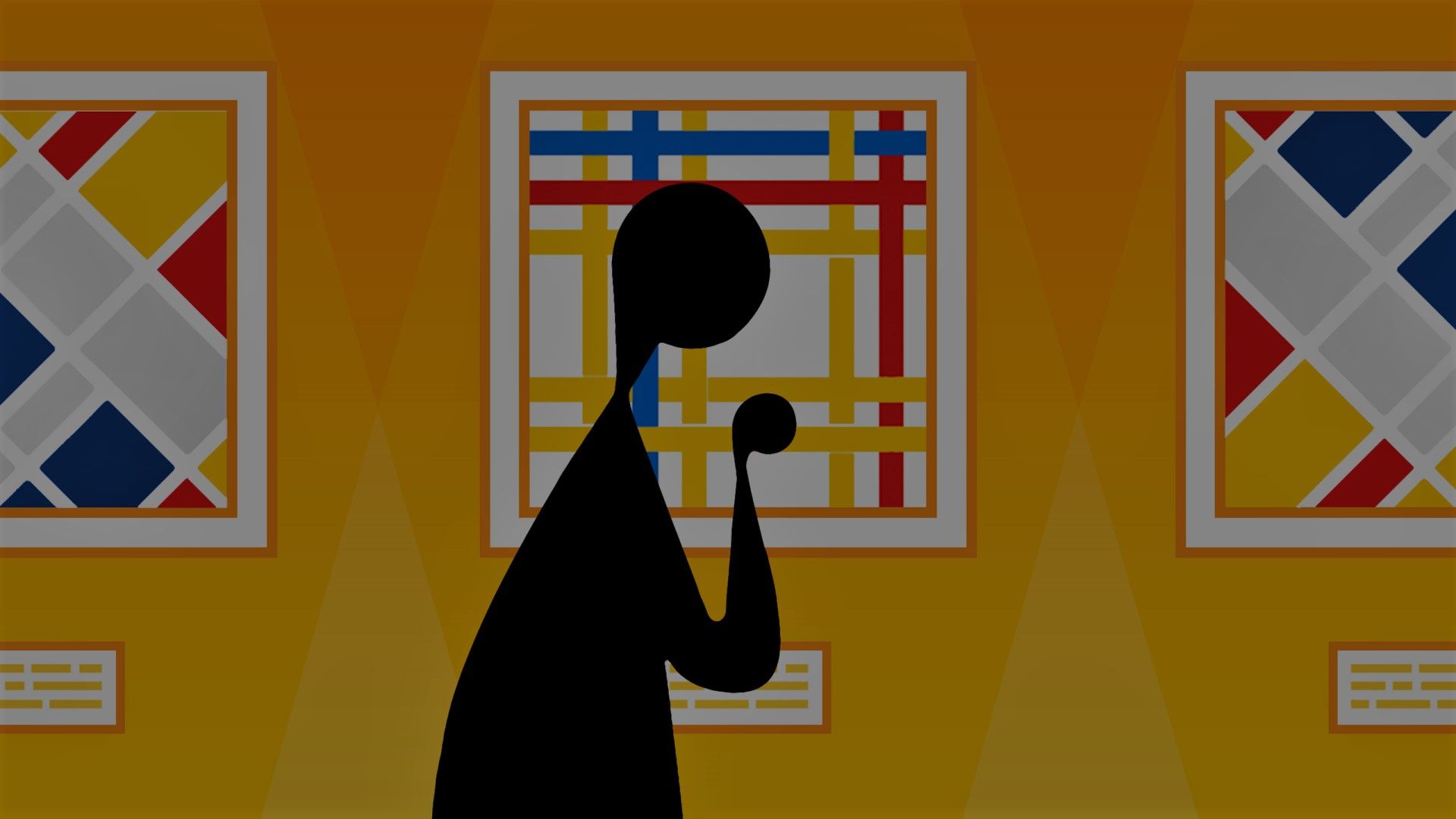
How does a team of one transform generative art into a captivating mobile game? Thomas Waterzooi had a late-night inspiration to build a Piet Mondrian art generator in Unity and gamify 130+ creations using Scriptable Objects. Please, Touch the Artwork became an award-winning hit, which Waterzooi pushed even further with help from Unity Gaming Services.
Launching an art-driven puzzle game as a solo developer with minimal resources
Android, iOS, MacOS, PC, Nintendo Switch™
1
Brussels, Belgium

A Larian Studios and IO Interactive veteran, Thomas was ready to create his own game. As a solo developer, he needed to iterate quickly to take his project to the finish line. Procedural generation helped him to create compelling visuals and gameplay, while Unity Gaming Services helped him scale and reach more players.

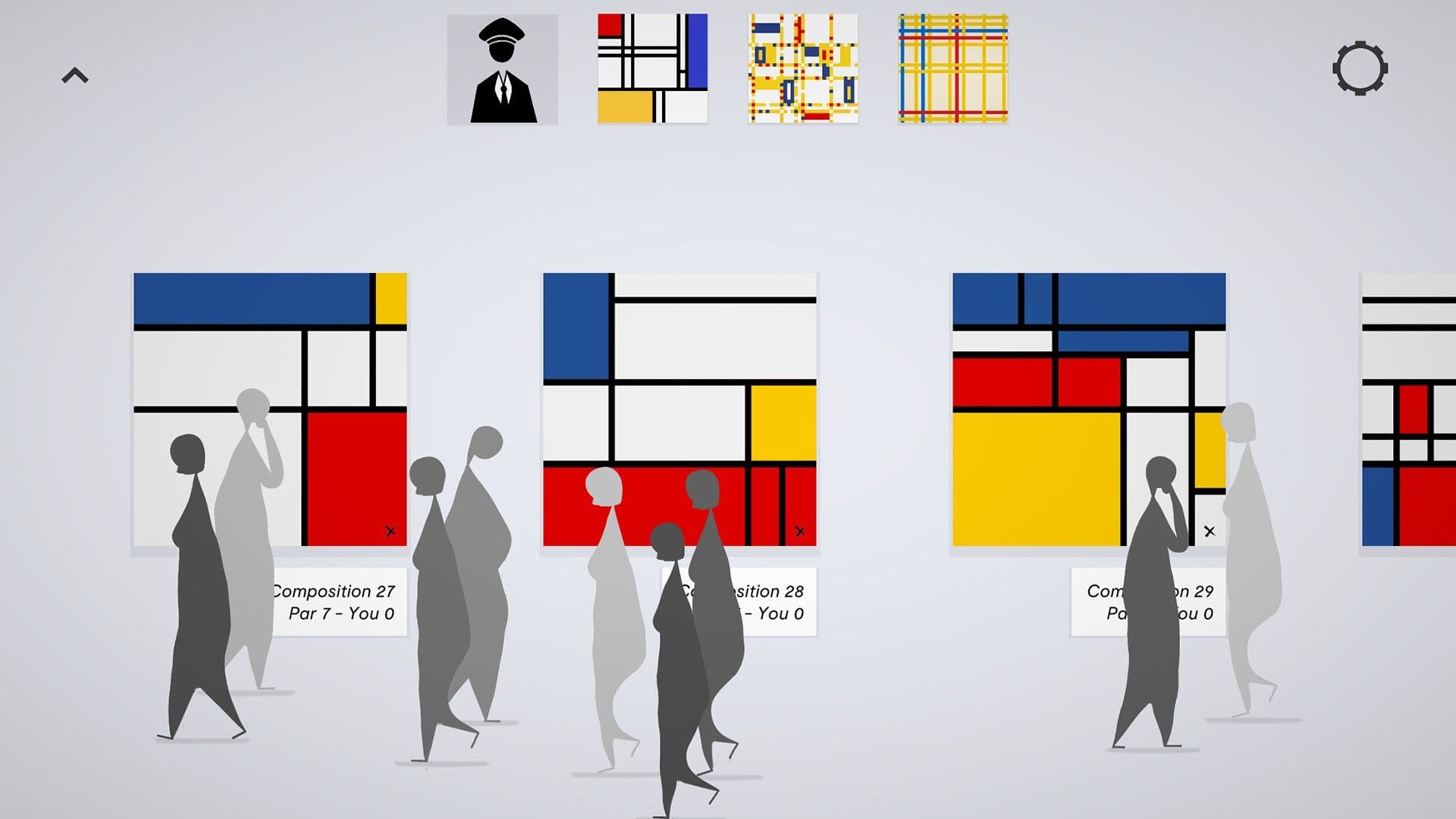
Please, Touch the Artwork has three puzzle types, each visually based on artworks from different phases of Mondrian’s career.
“I started with the paintings and then added gameplay logic,” says Thomas. He used Scriptable Objects to position the dividing lines on each canvas, with a maximum of nine lines per canvas to account for mobile screens. Each line, color, and its position is its own Scriptable Object category. Randomly changing the values assigned to these Scriptable Objects generates new puzzles, and players must replicate these steps to solve them.
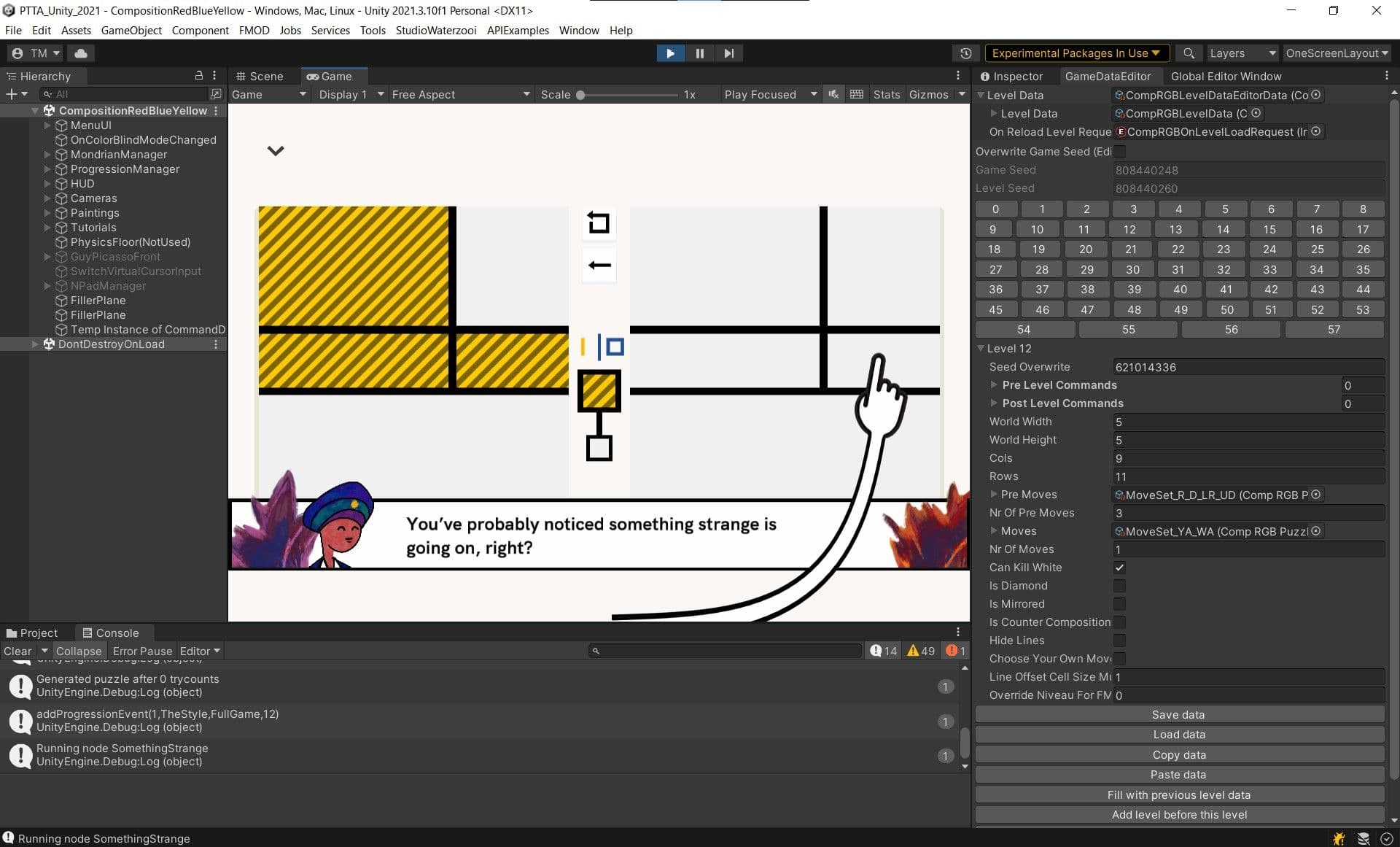
Thomas chose to use procedural generation (procgen) because, as a solo dev, he wanted to save time. “If I was going to generate 100+ game levels, I wasn’t going to draw all of them by hand!” he says.
Most levels are procgen-based, so it’s possible that everyone who plays Please, Touch the Artwork will get to interact with a unique puzzle. “Another reason I went for procedural generation is, in the art world, it’s all about rarity – having one unique copy of a painting. It was like an extra meta thing for players to be able to say, ‘My game is one-of-a-kind,’” explains Thomas.
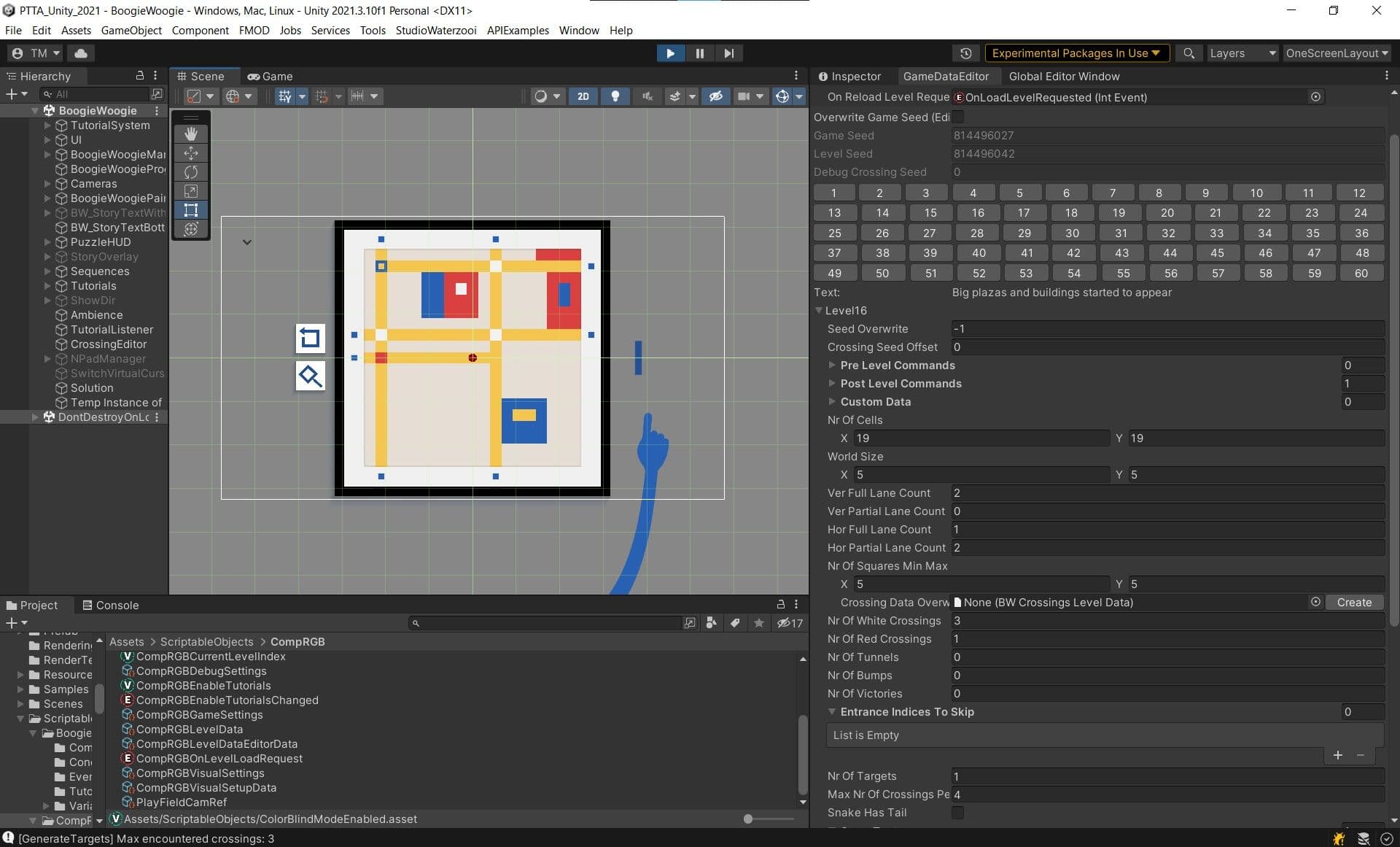
Procgen saved time and randomized gameplay to keep the experience interesting, but the approach did have limits. “It took away some of my control,” says Thomas.
The main design rule he set for himself was that every puzzle should be solvable in six moves or fewer. Relying on procgen alone, some of the later levels ended up being too easy, while others were too difficult – and with so many of them, repetition crept in.
Thomas ended up using a seed override to control the randomization, and finished the end puzzles by hand. “For these levels, I wanted the experience to be fixed for everyone,” he explains.
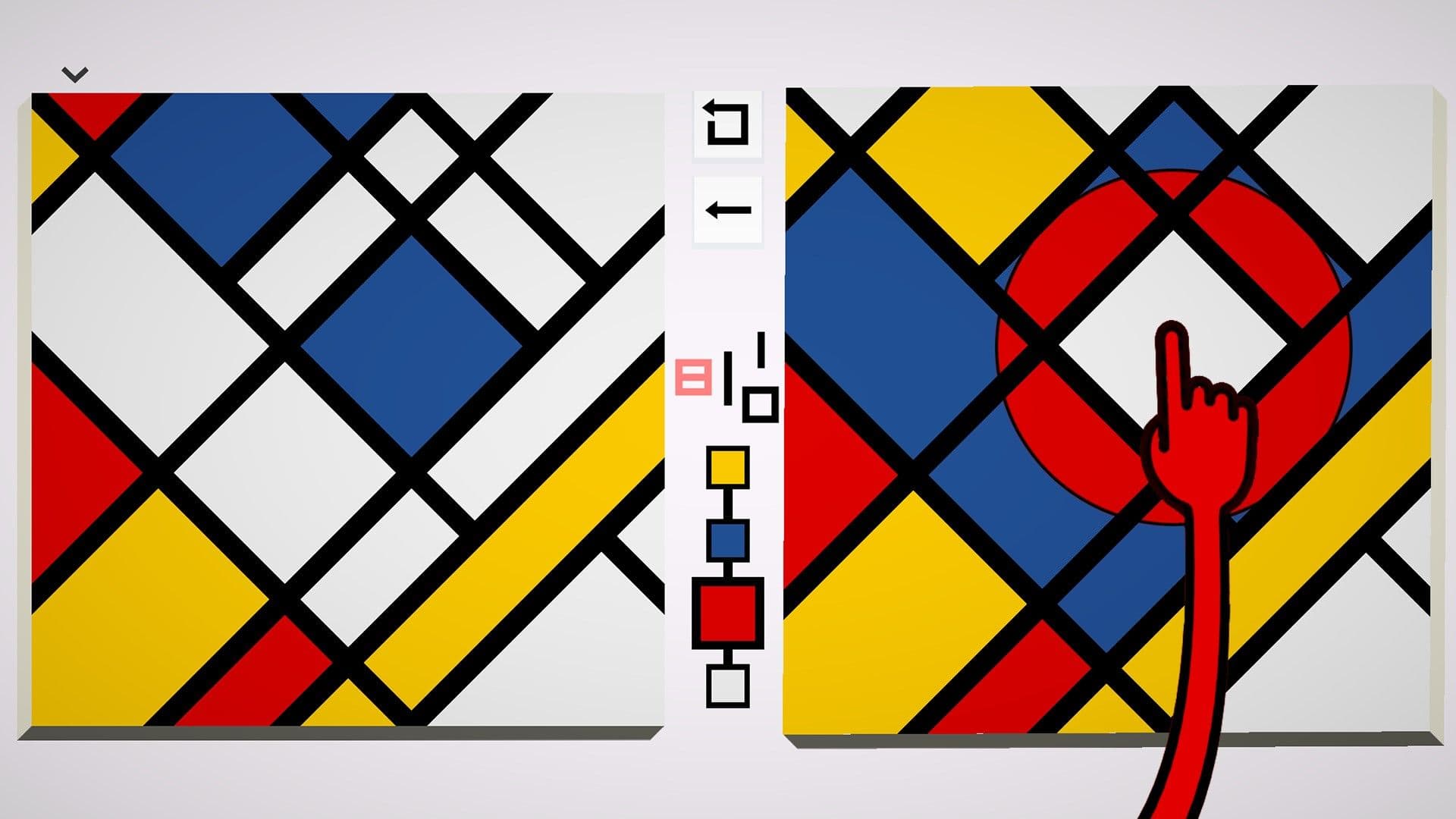
Thomas planned to launch Please, Touch the Artwork on Android and iOS. Creating on PC meant he had to find a workaround to easily test iOS builds. “I didn’t have the time or resources to navigate the iOS intake process. And if I didn’t offer an iOS version, my reach and profitability would have been limited,” he says.
Unity Build Automation made building for iOS quick and easy. “I could just use my phone to go to the Unity Dashboard, click on a link, and download the latest build to my phone or tablet,” Thomas explains. With the push of a button, the approval and credential process was handled automatically.
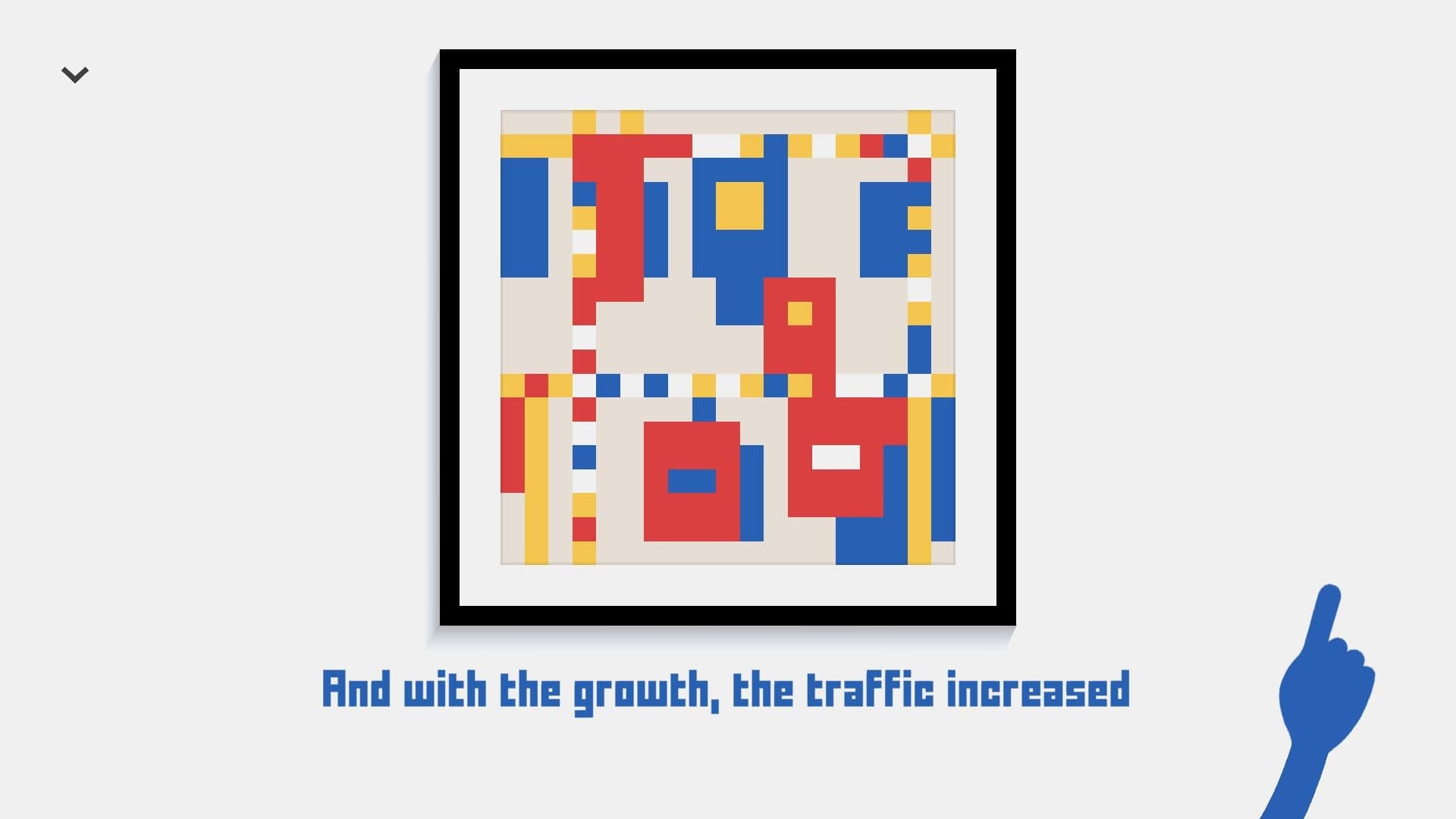
At first, Thomas sold Please, Touch the Artwork for a flat fee in mobile app stores. After winning an award and advertising funding from the Google Indie Games Festival, he switched to a demo/freemium model to make the experience available to a broader audience. The award and pivot to freemium paid off: “My downloads went from 2,000 to 130,000. It also granted me a position in Google Play Pass, which provides some nice passive income.”
Unity In-App Purchases (IAP) enabled him to manage transactions, while Remote Config helped him find the optimal time to add the paywall to the demo. Remote Config also allowed him to restart his demo remotely when exhibiting at industry events, giving him back time to network and explore the show floor.
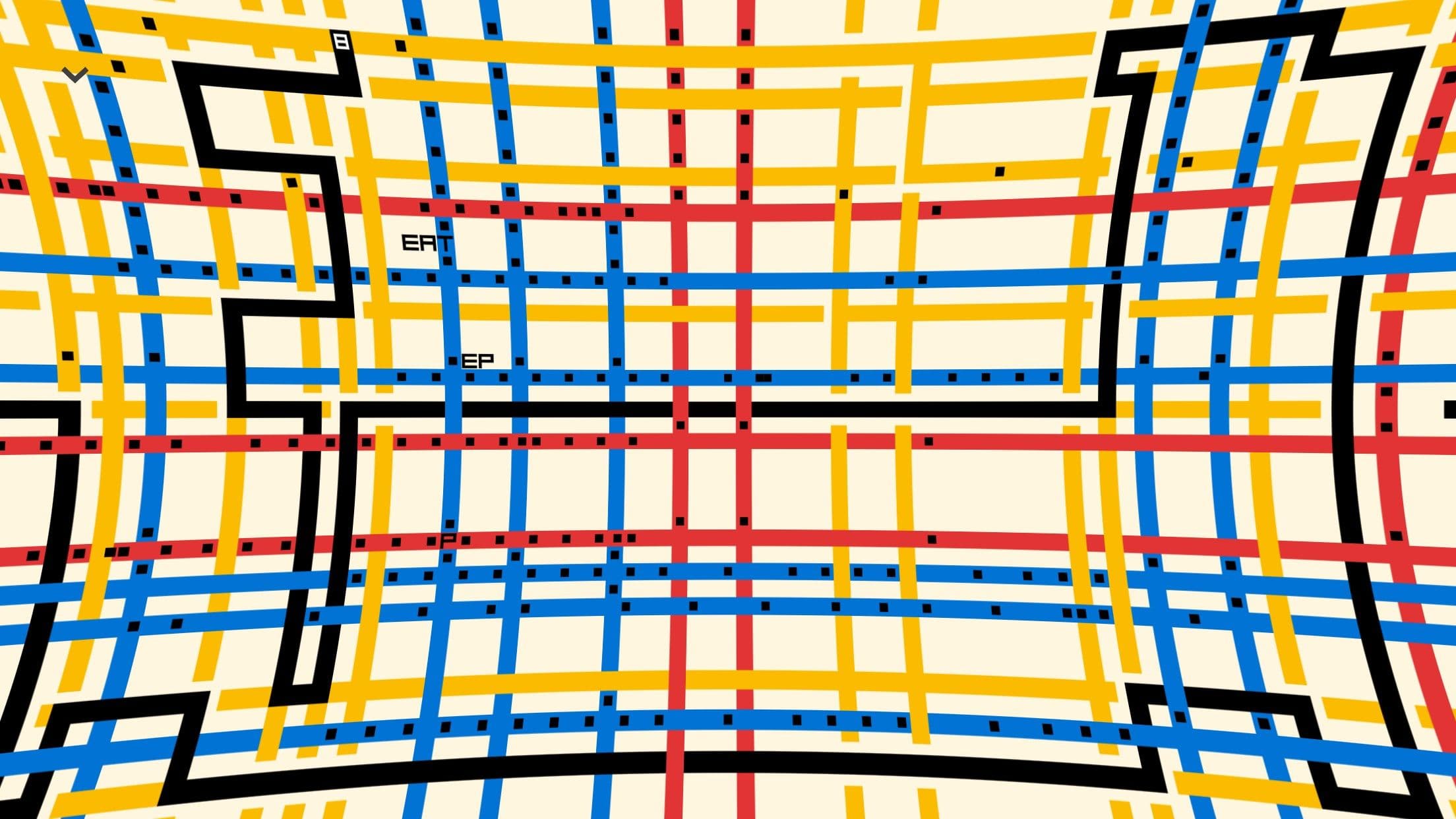
Please, Touch the Artwork shows how procedural generation can help small studios save time and create unique, critically acclaimed experiences. Thomas Waterzooi was able to quickly prototype visuals and gameplay in the Editor, while Unity Gaming Services helped him manage the complexities of running a successful mobile game.
“I’m proud of being noticed by the big platforms,” he says. “Indies can stand out with unique visuals and game design, rather than churning out carbon copies or reskins of other games. And Unity has the tools to help solo developers like me and bigger teams succeed.”
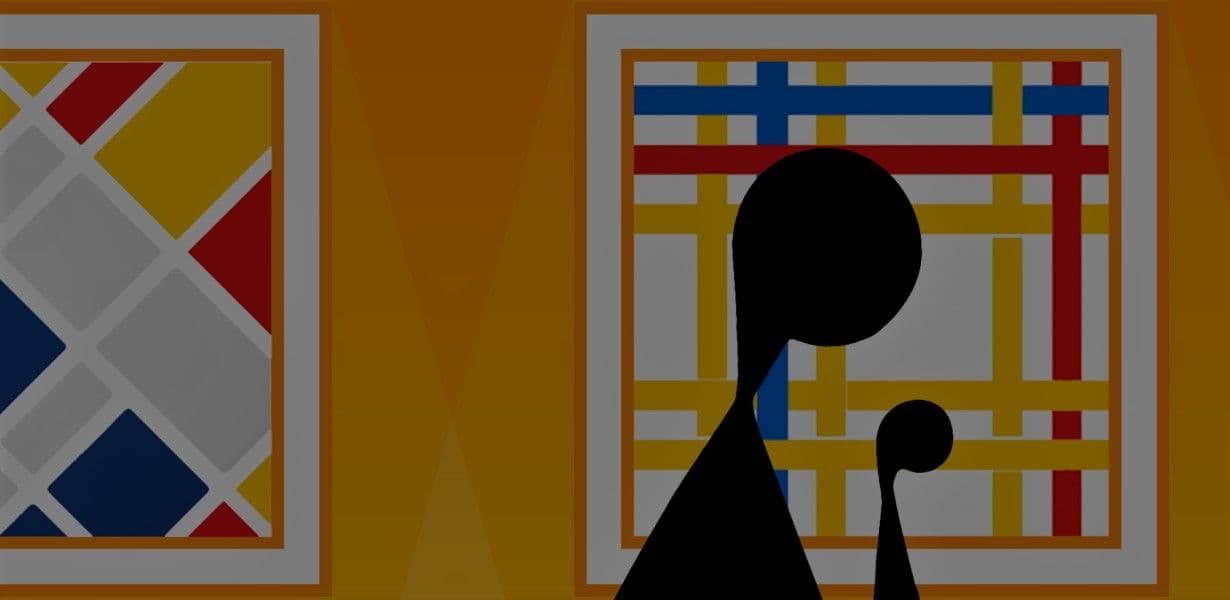
Create games for any platform with flexible Unity tools that adapt to your unique vision, and expand and engage your player base with Unity Gaming Services.